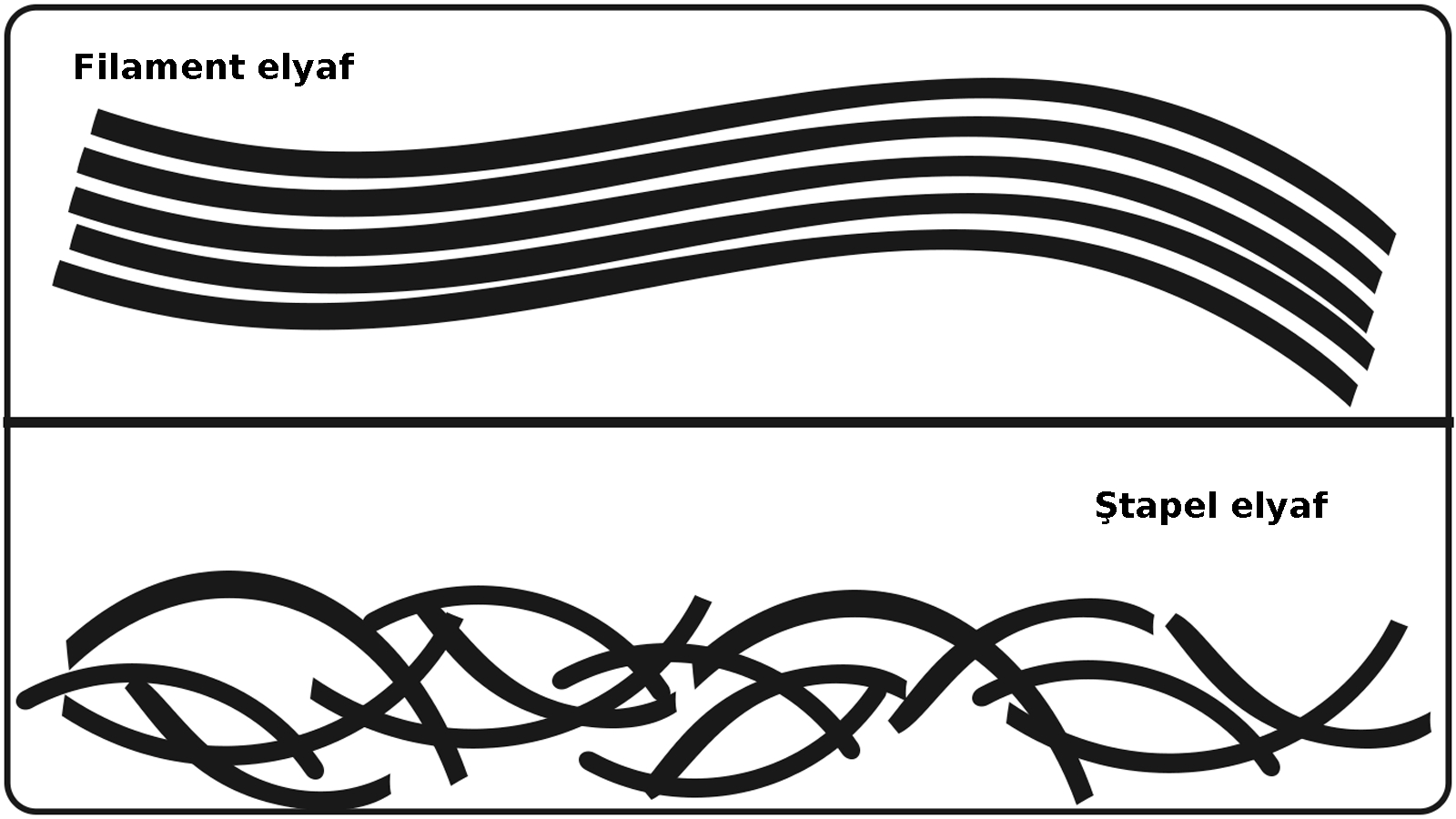Preparation to Textile Printing
19:17
0 comments
The golden rule in the dyeing of textiles is that “a fabric well prepared is a fabric half dyed.” This saying indicates the importance of good fabric preparation plays in producing high-quality final products.
There are several basic factors that are important for all preparation:
- The fabric for printing must be absorbent
- The fabric must be clean
- The fabric should be flat, smooth, and uniform in width without distortions in the construction
For textile printing, especially for cotton fabrics, quality fabric preparation is crucial for quality fabric printing. It has been reported that as many as 60 % of textile printing defects can be traced to fabric preparation problems. Often the company that prints the fabric is not the one that prepares the fabric. When textile goods have been prepared for printing, they are normally referred to as PFP goods or prepared for printing. Preparation processes vary widely depending on the fiber content, yarn type, and fabric construction but may include desizing, scouring, bleaching, washing, and open-width drying. In the case of cotton, the minimum preparation sequence includes scouring and bleaching. Scouring removes all dirt, oil, and grease from the fabric and is necessary for uniform water absorption and dye penetration. Bleaching destroys all the naturally occurring color in the fabric and is necessary to provide a uniform white fabric base to allow for optimum print color brightness and reproducibility. It is essential that adequate rinsing follow either one of these processes. Rinsing washes away the trash that was removed or the chemicals that were removed during scouring and bleaching. A clean fabric will ensure that the next wet process can be done without interference from unwanted residual components. For very high-quality printed cotton goods, either knits or wovens, mercerization may be an additional preparation process. Mercerization improves the smoothness, dimensional stability, strength, dye uptake, and luster of cotton fabrics. Mercerized cotton prints typically exhibit maximum color brightness and improved color fastness. Singeing or burning off the surface fibers for extremely hairy or fuzzy yarns or fabrics may be an additional step in the required preparation process. Regardless of what the preparation sequence of a particular fiber or fabric construction may be, it is crucial that preparation be consistent, uniform, and repeatable. Any variability in the prepared fabric leads directly to poor print quality or print defects.
-
Ayakkabılarda doğru numara seçimi sağlık ve kullanım ömrü açısından önem arz eder. Kesirli Ayakkabı Numaraları Ne Anlama Geliyor? 🤔 Bazı a...
-
İş sağlığı ve güvenliği için bazı işletmelerde pr ayakkabı kullanımı gereklidir. Ayakkabılarda rastladığımız "PR" terimi, İngiliz...
-
Mavi polycotton nevresim takımı. Polycotton , polyester ile pamuğu (cotton) karıştırarak elde edilen, her iki elyafın en iyi performans ...
-
Yeşil renk ve tonları, sarı ile mavi ışığın birleşmesi sonucu oluşur ve fotosentetik pigmentler nedeniyle bitki yapraklarında yaygın olarak ...
-
Rahat bir kullanım için ayağın genişliği ve uzunluğuna uygun ayakkabıyı seçmek son derece önemlidir. Ayakkabı Genişlik Terimleri: E, F, FX,...
-
Lif kısaltmaları tekstilde elbise üretiminin her aşamasında kullanılır. Tekstil, Kumaş, Lif ve Elyaf Kısaltmaları : Tekstil endüstrisi, lif...
-
Ütü parlaması çok yoğun ise elbise kullanılmaz hale gelir. Ütü yaparken özellikle pantolon gibi hassas kıyafetlerde parlama oluşabilir. Ütü...
-
Çizme ve botlarda; konç genişliği, ağız genişliği, topuk boyu, tarak genişliği ve taban iç uzunluğu. Konç, bot, çizme, ayakkabı , çorap vb...
-
İngilizce renkler. İngilizcede renk kelimesi Amerikan İngilizcesinde "color", İngilizce İngilizcesinde "colour" olarak ...
-
Aksa akrilik fabrikası dünyanın en büyük akrilik üretim tesisidir. Türkiye'nin en büyük sanayi kuruluşları arasına 38 tekstil fi...
-
Türk tekstil ve hazır giyim sektörü: yerli markaların yükselişi. Türkiye'nin lokomotif sektörlerinden biri olan tekstil ve hazır giyim...
-
Akrilik elyaf, iyi yalıtım özelliğine sahip olmasıyla öne çıkan sentetik bir lif türüdür. Akrilik Elyaf: Tanım ve Özellikler Akrilik, ( Alm....
-
Kumaş numunesi. 1) Yapılarına göre (nasıl yapıldıysa o ismi alır) a) Dokunmamış kumaşlar - Nonwoven , keçeler, kağıt telalar, elyaf, vi...
-
Ünlü Türk modacı ve tasarımcılarının kreasyonları artık dünya moda başkentlerinde sergileniyor. Türkiye'de tekstil ve moda sektörünü...
-
Farklı renk ve türdeki kumaş çeşitleri. Kumaş, ipliklerin, çeşitli yöntemlerle bir araya getirilerek oluşturduğu kaplayıcı yüzeylerd...
-
Türk ayakkabı markaları, yerli ham maddeyi mükemmel işçilik ve estetik tasarımlarla birleştiriyor. Türk malı ayakkabı ürünler, kalitesi ve e...
-
Dünyanın en meşhur modacıları. Dünyaca ünlü modacılar Her sezon önce podyumları sonra da vitrinleri süsleyen özel koleksiyonların arkas...
-
Lif kısaltmaları tekstilde elbise üretiminin her aşamasında kullanılır. Tekstil, Kumaş, Lif ve Elyaf Kısaltmaları : Tekstil endüstrisi, lif...
-
Naylon olarak da bilinen polyamid kumaşlar sentetik kökenli bir kumaş türüdür. Polyamid ya da naylon (Alm. Polyamidfaser, Fr. fibre ...
-
Tekstil ürünlerinin etiketlerinde yıkama, kurutma ve ütüleme ile ilgili semboller bulunur. Tekstil Ürünleri için Tavsiye Edilen Yıkama Tali...




















































































































0 yorum:
Yorum Gönder
Merhaba, daha kaliteli bir site için yorumlarınızı bekliyoruz.